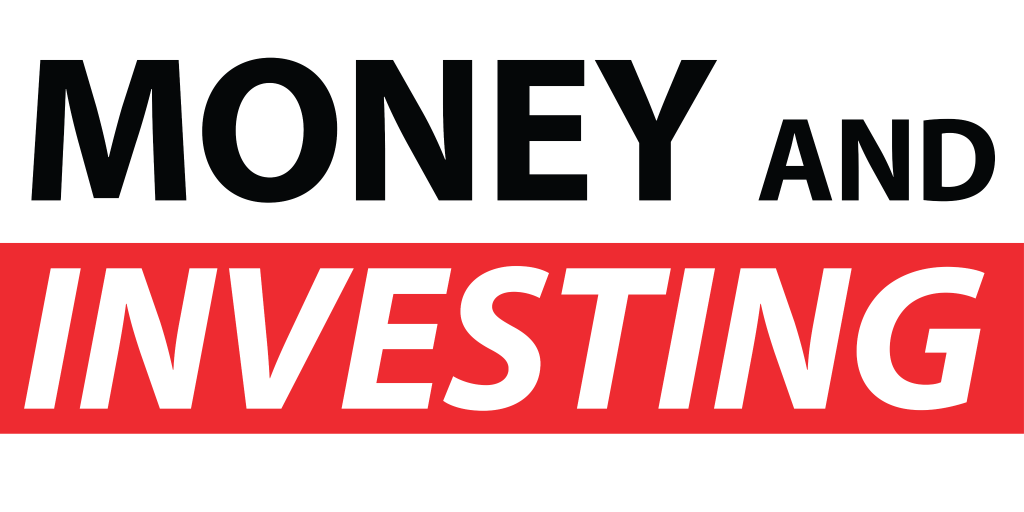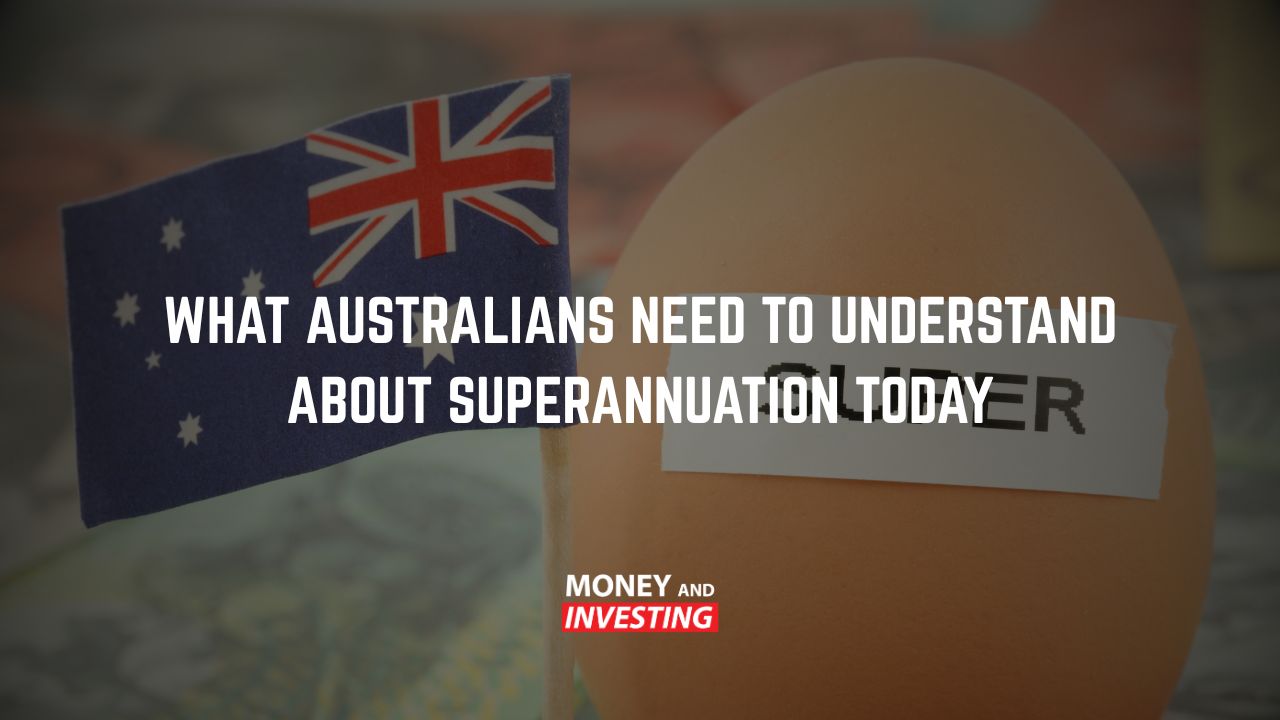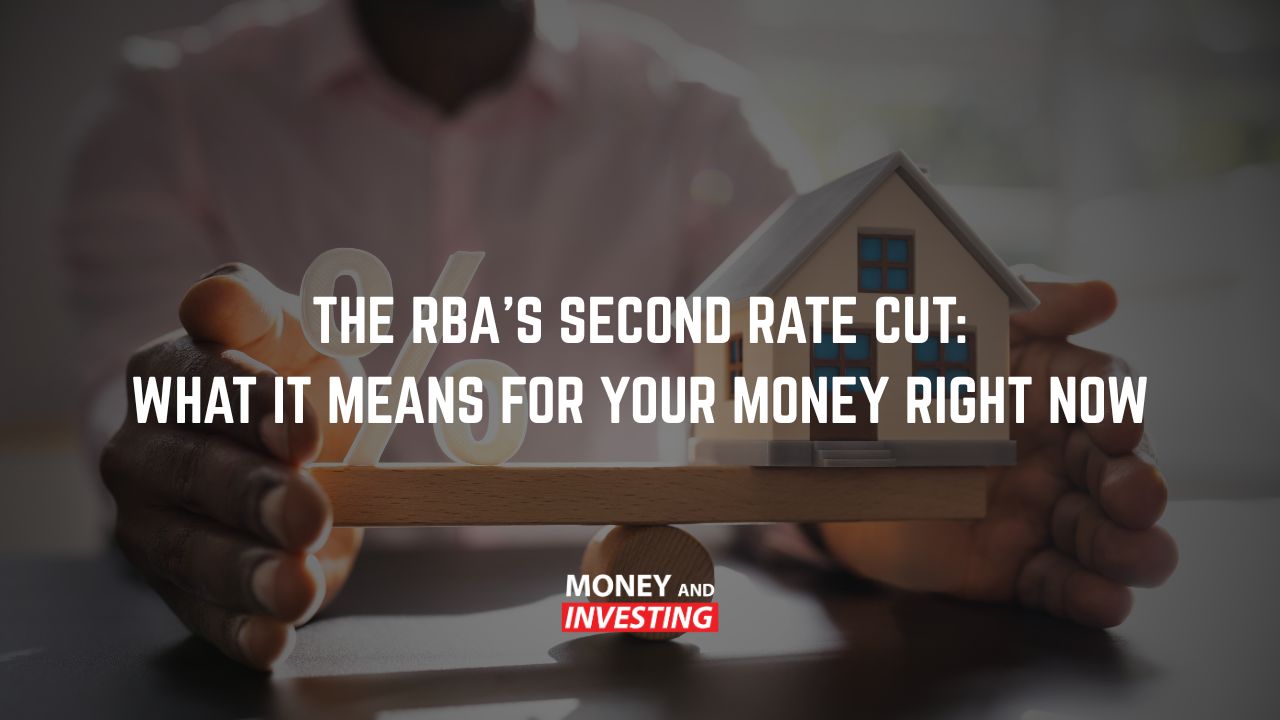There are asset classes available which enable fixed interest returns as opposed to speculating on a stock price or property value moving higher. Join us this week as we dive into bonds and some other forms of fixed interest you might encounter:
Bonds
You have likely heard quite a bit about bonds but may have never been told exactly what a bond is and why they are so important. Host Andrew Baxter explains that bonds are effectively a simple IOU between 2 parties. At the beginning, the buyer of a bond will pay a certain amount and receive the full value of the bond at maturity or the end date of that bond. There are bonds of many timeframes available whether it be 1 year, 10 years or 30 years and the returns on these bonds are always changing. The prices of these bonds vary throughout their lifetime however, so they can be bought and sold before they reach maturity. Bonds are often used by governments and businesses to raise capital for projects. For example, a business may need some money now in order to fund an acquisition and may issue corporate bonds which means they will sell the bonds now for a certain price and repay that money at a later date with interest. The rate of returns vary between corporate bonds and government bonds due to counter-party risk. US Treasury bonds for example, are considered to be almost risk-free as it is extremely unlikely that the US government would fail to repay one of the bonds it issued. As such, what you can see in bond markets is that the more risk, the greater the return on a bond as is largely the case for all asset classes.
When to use Bonds
There are some times that using bonds is effective and other times where bonds simply do not achieve what you would like. Host Andrew Baxter explains that in time where inflation is running hot, bonds are not always a great investment because the buying power of the money you receive in the future is likely to be less than it is today as inflation continues. Being locked into that sort of agreement during times of inflation is a problem and during these times you may see bond prices decrease which can prevent you from closing out the bond position. Bonds are often most effectively used by organisations looking to balance out their liabilities. This is common in pension funds that are looking for low-risk investments that can offset the money they have outgoing as they pay pensions.
The Income Factor
Some bonds allow for some regular income while others do not. This will vary, however interest payments are made to the buyer of the bond at pre-determined intervals throughout the lifetime of the bond. There are also bonds which do not pay coupons (interest payments) throughout the lifetime but only repay the entire value of the bond at maturity. The income you receive is based upon the face value of the bond and some bonds can really stack up on their returns. When interest rates move higher, we often see bond prices move down which is when the yield of the income you receive on the bonds you have bought will represent a greater portion of the cost of the bond.
Bonds in Higher Interest Rates
The typical relationship you will see between bonds and interest rates is inverse. In essence, as interest rates increase, we often see bond prices decrease. The reason for it is that when interest rates are lower, fixed rate investments tend to become more attractive which pushes the price of the bond higher. Thus, when interest rates go higher, the lowe rate fixed income paid by bonds becomes less attractive to investors and thus you see the demand for the bond decrease which in turn results in a drop in the price.



